In high-risk areas such as construction, transportation, and shipping, workers are often exposed to severe weather such as wind, rain, haze, or nightt...
READ MOREChest Waders Factory
-
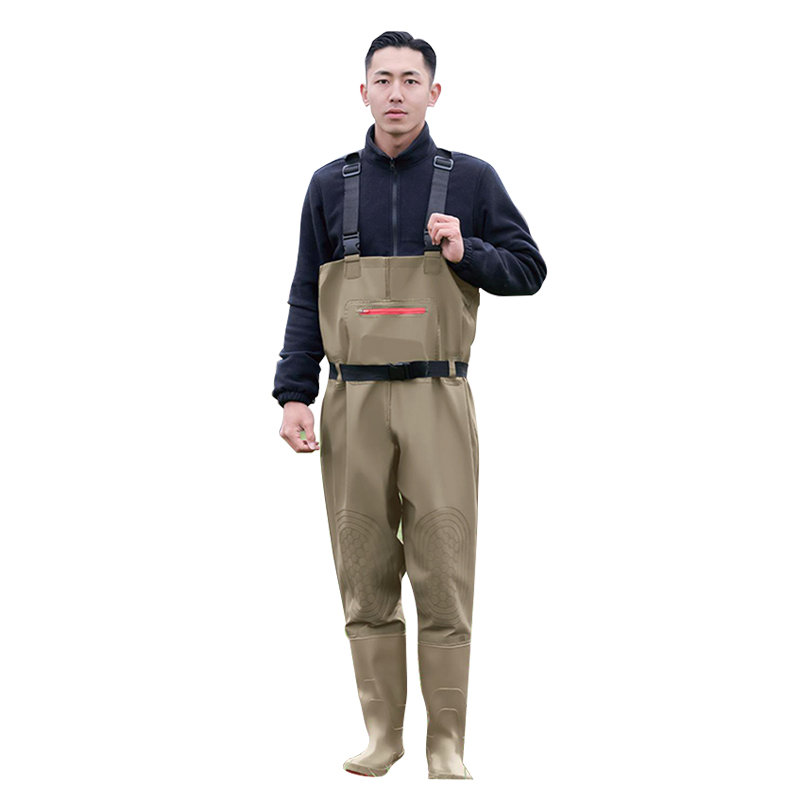
PVC Wader Pants For Adult
-
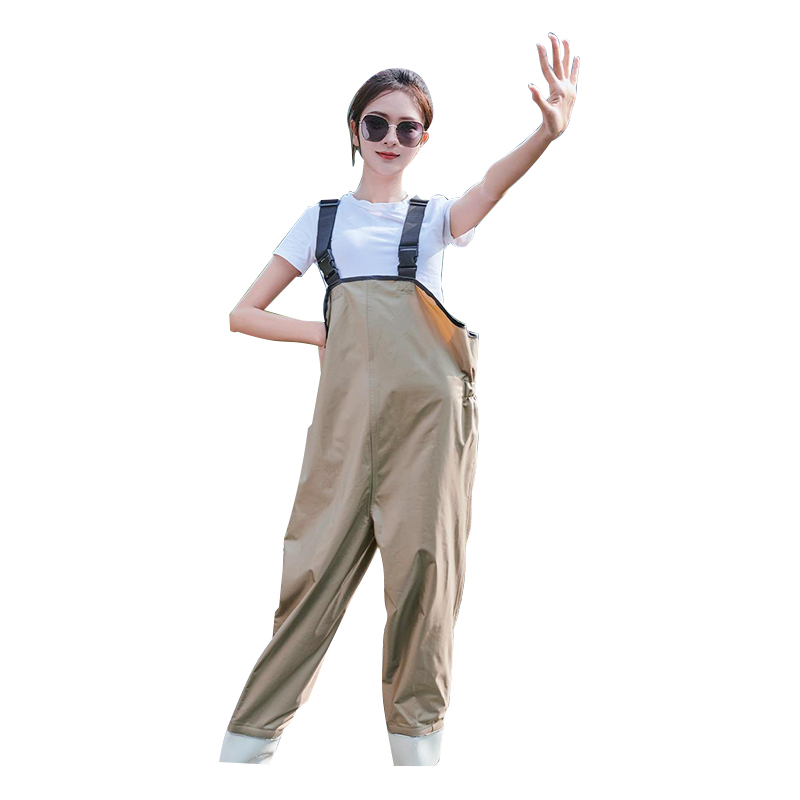
PVC/Nylon Chest Waders For Women
-
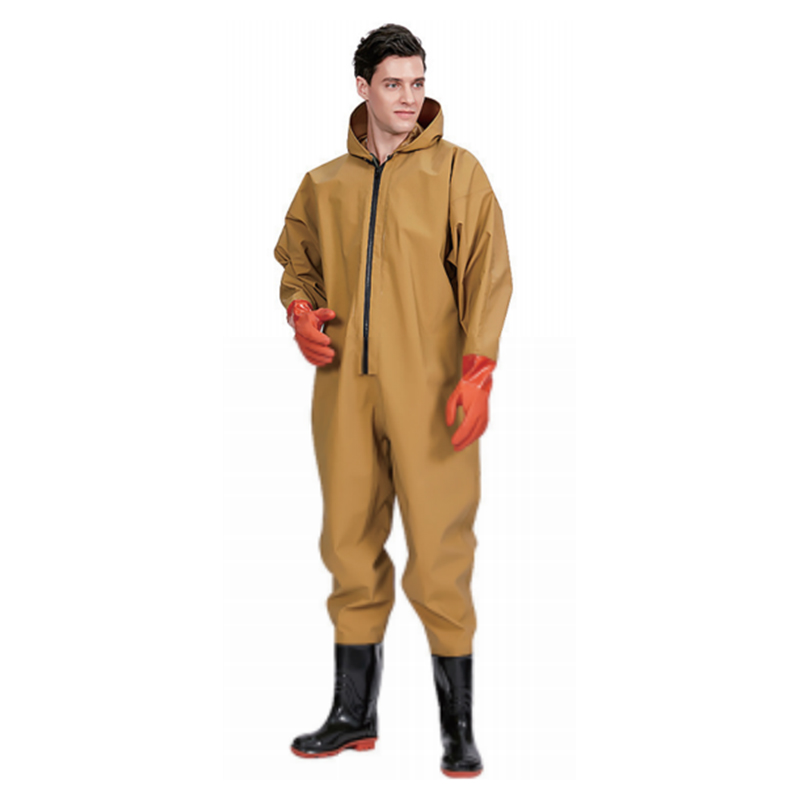
Full Body Waterproof Chest Waders
-
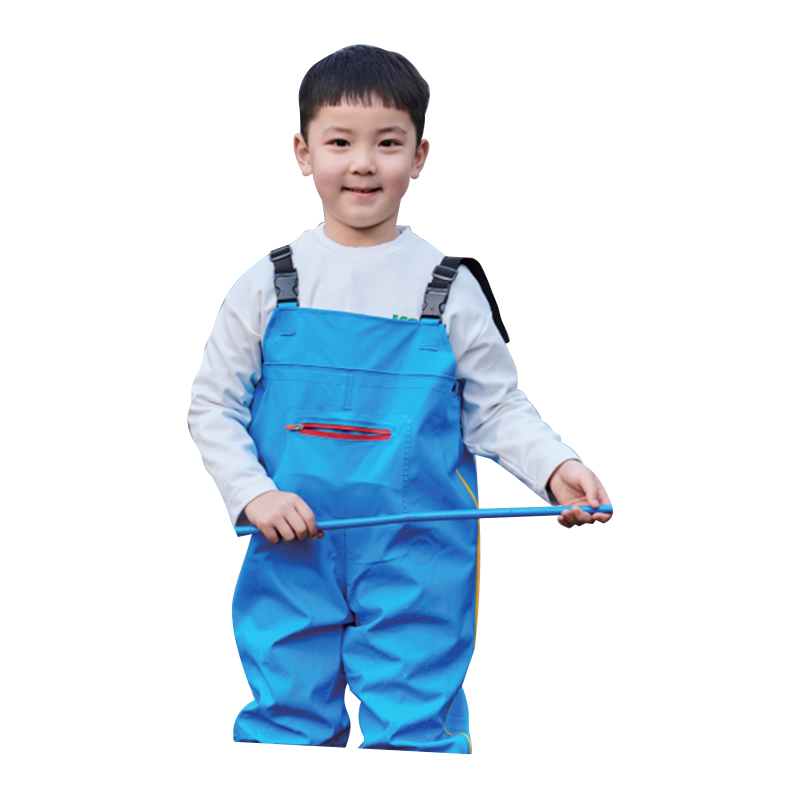
PVC Blue Wader Pants For Children
-
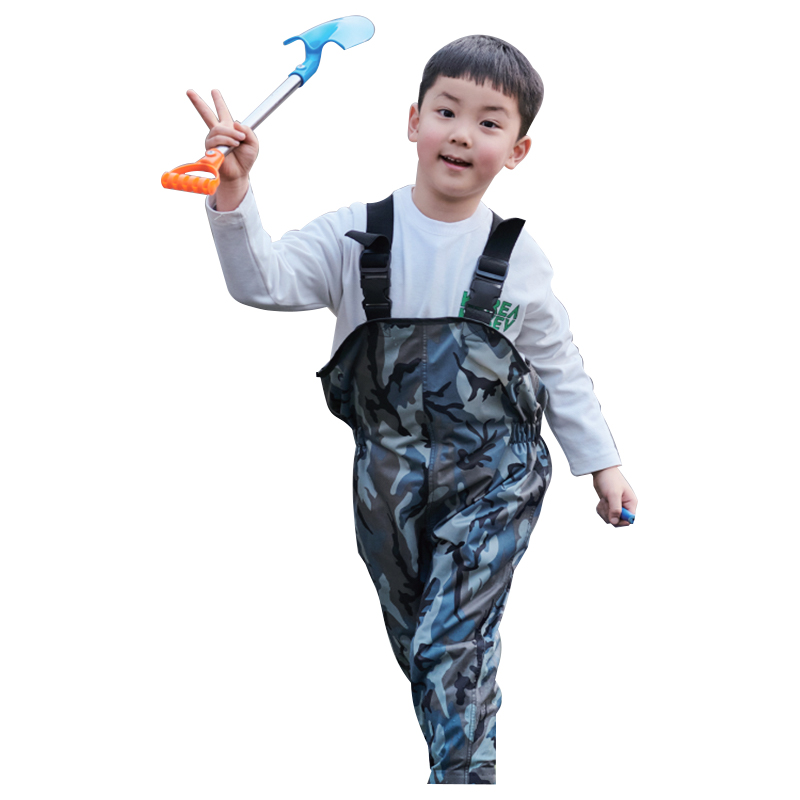
420D Nylon Children Chest Waders
-
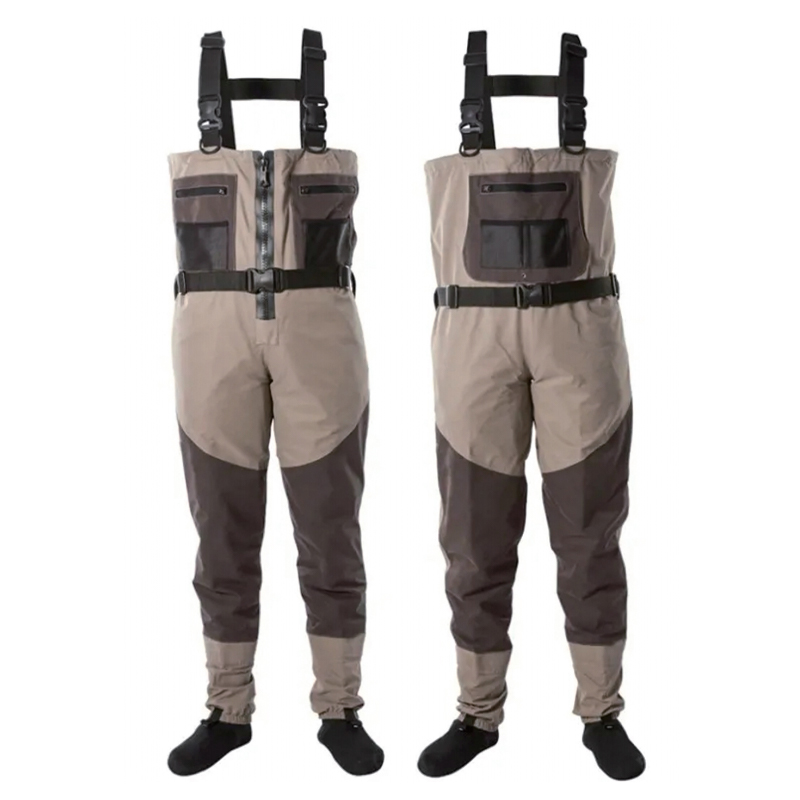
Waterproof Breathable Fabric Wader
-
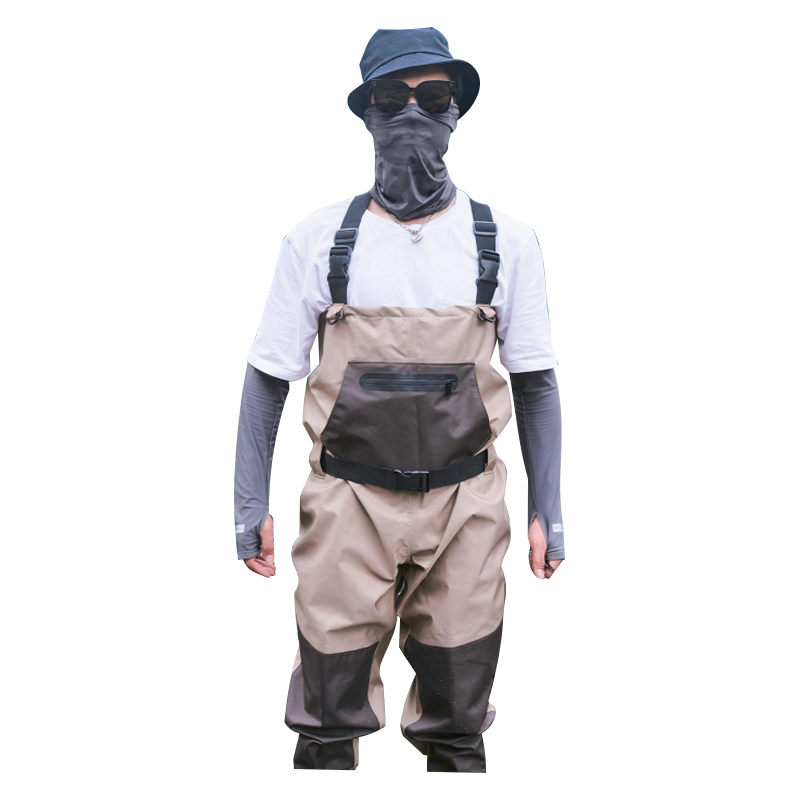
Three Layer Breathable Fabric High Chest Fishing Pants
-
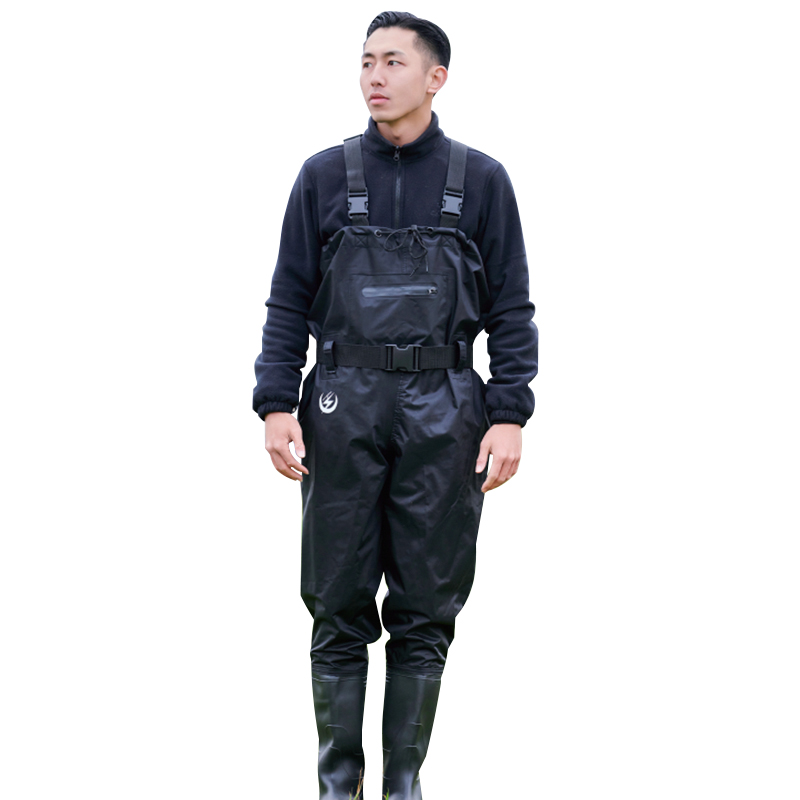
Black/Army Green 70D Nylon Wader Pants
-
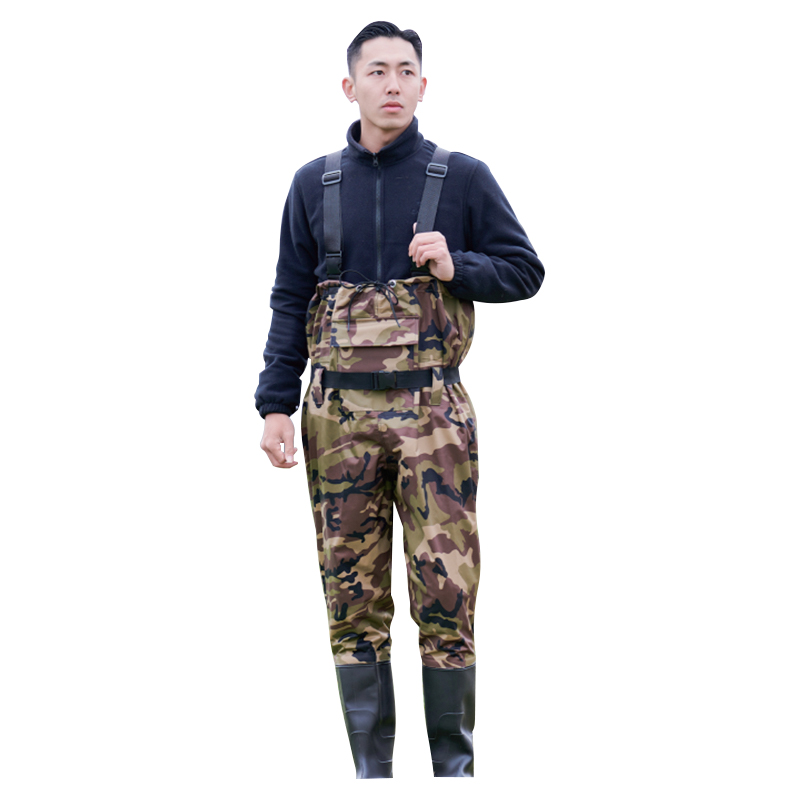
Camouflage 210T Nylon Chest Waders
-
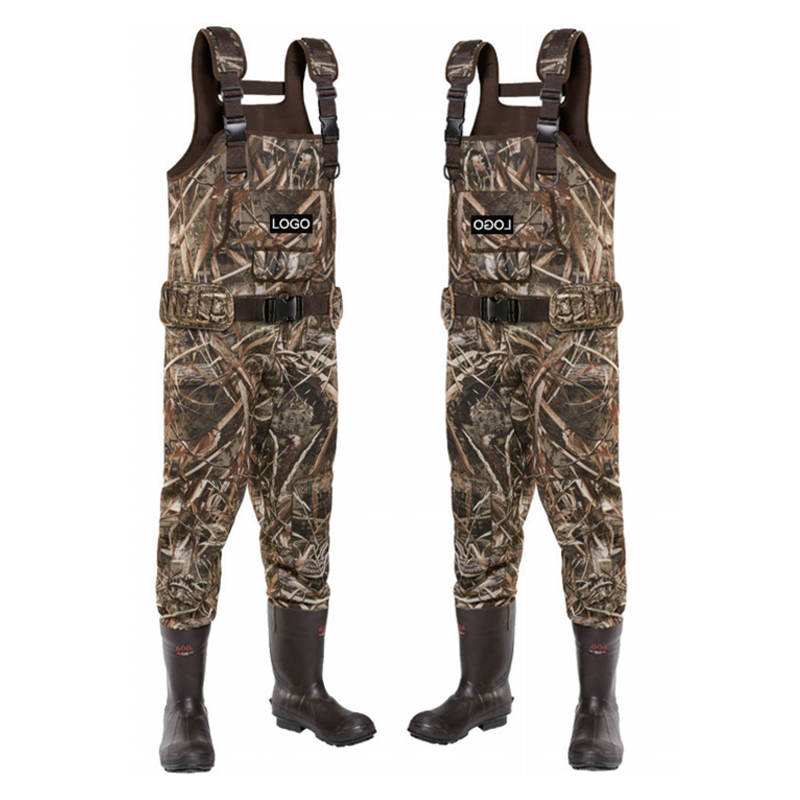
4.5mm Camouflage Neoprene Wader
-

S-3XL Brown/Grey/Green Neoprene Chest Waders
-
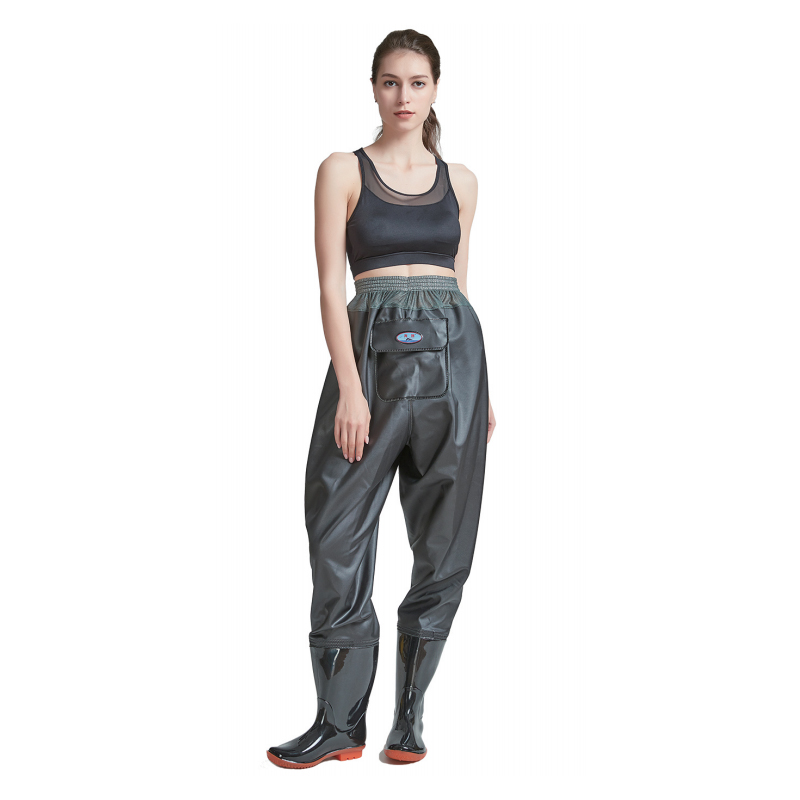
Black PVC Waist Length Wader Pants

We have our own factory, covering an area of 7000 square meters and a practical area of nearly 20000 square meters. As China Chest Waders Factory and Chest Waders Suppliers, at present, there are 10 production lines, more than 60 high-frequency machines, each of which can accommodate two people, more than 20 sewing machines, and more than 200 operating staff. In order to provide an efficient and high-quality purchasing experience, we also have 3 quality inspectors and 5 R & D personnel. We can also accept customer customization, print logo, design product size, etc. The main products are disposable raincoats, motorcycle raincoats, children's raincoats, reflective vests, etc. the products are exported to the United States, India and other countries in the world.
Since the establishment of the company, we have always adhered to the business philosophy of "Customer-oriented, quality-oriented and considerate service", dedicated to customer service, and strive to create products satisfactory to customers. We look forward to and welcome your consultation.
1. Material selection for Chest Waders: Waterproof and comfortable
The material selection of Chest Waders is the key to ensuring their waterproofness and comfort. Common materials include rubber, neoprene, and polyvinyl chloride (PVC), each of which has its own unique advantages and application scenarios.
Rubber is the traditional material for chest waders, with excellent waterproof properties and durability. This material is very suitable for use in cold environments because it can provide a certain insulation effect. Rubber chest waders are usually heavy and not suitable for long-term wear. However, for working environments that require high-intensity protection, such as commercial fishing and industrial uses, rubber chest waders are an ideal choice. For example, professional fishermen who fish in winter may choose rubber chest waders to ensure that they stay dry and warm in icy water. The wear resistance and waterproofness of this material make it a reliable protective equipment for harsh conditions.
Neoprene is a synthetic rubber material with good elasticity and thermal insulation properties. This material is often used in high-end chest waders because it can provide excellent waterproofness while maintaining the comfort of the wearer. The elasticity of neoprene gaiters makes them suitable for a variety of activities, including hunting, fishing, and water sports. For example, an outdoor enthusiast fishing or hunting in cold weather can choose neoprene gaiters to stay warm and comfortable during long activities. The softness and fit of neoprene provide greater freedom of movement, making maneuvering in the water more flexible and comfortable.
Polyvinyl chloride (PVC) is a lightweight and affordable material that is widely used in a variety of waterproof clothing. PVC gaiters have good waterproof properties and abrasion resistance, suitable for use in warmer environments. The lightness of PVC material makes it ideal for summer use. For example, a farmer irrigating his field in the summer can choose PVC gaiters to stay dry and comfortable in hot environments. In addition, the low cost of PVC gaiters makes it an economical choice for large-scale purchases, suitable for businesses and organizations that need large quantities of waterproof equipment.
The material selection of gaiters needs to be weighed according to the specific use environment and needs. Whether it is rubber, neoprene or PVC, each material has its own unique advantages and can provide users with reliable waterproof protection and comfortable wearing experience. As a chest waders factory, we offer a variety of material options to ensure that customers can find the product that best suits their needs.
2. Chest Waders Design Features: Perfect Combination of Function and Details
Chest Waders are designed not only to consider waterproof performance, but also to focus on the comfort and convenience of the user. Modern chest waders are constantly innovating in design to meet the needs of different industries and activities.
Chest waders usually adopt an integral design to ensure full body waterproofing. This design can effectively prevent water from penetrating from the waist or legs, and is particularly suitable for users working in deep water. Chest waders with an integral design can provide users with 360-degree protection, ensuring that they can stay dry whether standing, bending over or moving. For example, a person conducting scientific research in a river needs to stand in the water for a long time, and the chest waders with an integral design can ensure that he stays dry in any posture. In addition, the integral design also enhances the protection of the back and waist to prevent water from penetrating from these parts.
Modern chest waders are usually equipped with adjustable shoulder straps and belts to accommodate users of different body shapes. These adjustment devices not only improve the comfort of wearing, but also ensure that the chest waders remain stable during use. Adjustable shoulder and waistbands allow the pant to fit snugly and avoid loosening or slipping. For example, a smaller female fisherman can adjust the shoulder and waistbands to fit the pant more closely, allowing for greater mobility while fishing. This design also accommodates users with varying body shapes, ensuring that users of all sizes can find a way to fit them.
Many pant pants also feature multi-function pockets and tool loops, allowing users to carry a variety of small tools and accessories. These pockets are often waterproof, protecting items from water. For example, an outdoor adventurer can place a compass, map, and other essentials in the pant pockets while exploring a river, keeping them accessible at all times. Tool loops are suitable for hooking small tools, such as scissors and pliers, for quick access during work.
Non-slip soles are an important detail in pant design, especially when working in slippery or muddy environments. Non-slip soles are often made of special rubber materials and have a unique texture design that provides excellent grip to prevent slipping. For example, a volunteer doing conservation work in the wetlands can walk more steadily on muddy ground and reduce the risk of slipping by wearing chest waders with non-slip soles. The non-slip design not only improves safety, but also increases the user's freedom of movement in various environments.
The design of chest waders needs to take into account waterproofness, comfort and functionality. By paying attention to details and innovative design, modern chest waders can provide users with comprehensive protection and convenient use experience. As a professional chest waders factory, we continuously optimize the design to ensure that our products can meet the various needs of customers and provide the best wearing experience.
3. Use and maintenance of chest waders: prolong life and guarantee performance
Proper use and maintenance are the key to prolonging the service life of chest waders and maintaining their waterproof performance. As a user of chest waders, knowing how to wear, wash and store chest waders correctly can ensure their excellent performance in long-term use.
When wearing chest waders, make sure that all seams and zippers are completely sealed. Especially when used in deep water, any part that is not completely sealed may cause water to penetrate. Before wearing the chest waders, users should carefully check all seams and zippers to ensure that they are not loose or damaged. For example, a fishing enthusiast should carefully check all seams and zippers before wearing the chest waders to ensure that they are not loose or damaged so as to stay dry during fishing. If any problems are found, they should be repaired or replaced in time to ensure waterproof effect.
Chest Waders should be cleaned promptly after use to remove mud, salt and other dirt. Mild soap and cold water should be used for cleaning, and bleach or strong detergents should be avoided to avoid damage to the material and waterproof coating. After cleaning, the chest waders should be dried in a cool place, avoiding direct sunlight or high temperature drying to prevent aging and deformation of the material. For example, a farmer can gently scrub the chest waders with cold water and soap after working in the field, and then dry them in the shade to maintain their waterproof performance and durability. Regular cleaning not only removes dirt, but also prevents mold growth, maintaining the hygiene and service life of the chest waders.
When storing chest waders, avoid direct sunlight and high temperatures to prevent material aging and deformation. It is best to hang chest waders in a well-ventilated area and avoid folding or compression. When storing, chest waders can be hung on hooks or hangers to maintain their natural shape. For example, an outdoor sports enthusiast can hang chest waders on a hanger in the garage after using them to avoid direct sunlight and high temperatures to extend their service life. Dry and well-ventilated storage environment will also help prevent material aging and mildew.
 +86-191-0623-1007
+86-191-0623-1007


